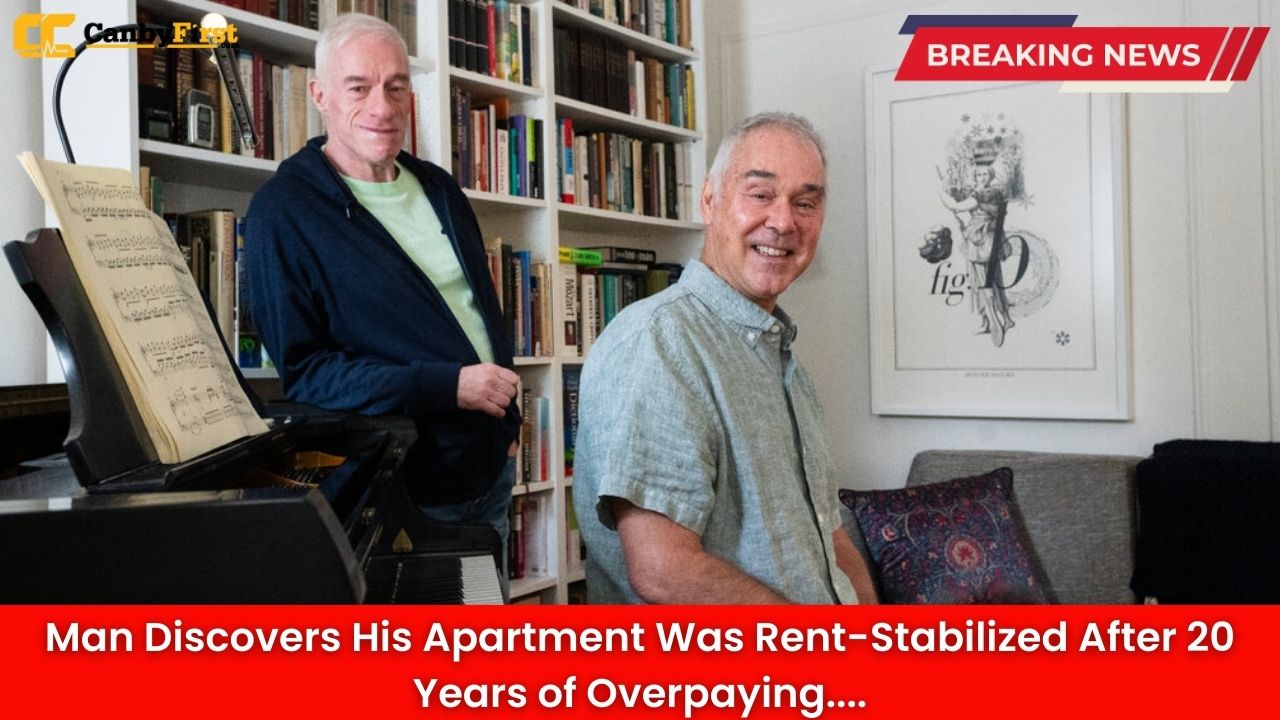For two decades, a Harlem resident faithfully wrote his monthly rent checks, shouldering what he believed was the standard market rate for his one-bedroom apartment. What he didn’t know was that his unit was legally rent-stabilized—a designation that could have saved him tens of thousands of dollars over the years.
The Shocking Discovery
The tenant, who has asked not to be identified publicly, recently stumbled upon the truth when reviewing documents tied to his lease renewal. After years of paying rent that steadily climbed, he learned that his apartment fell under New York City’s rent-stabilization laws. This means his landlord had a legal obligation to cap annual rent increases at modest levels set by the city’s Rent Guidelines Board. Instead, he believes he was paying inflated “market rate” prices.
Rent-Stabilization in New York
Rent stabilization is a unique protection law designed to prevent excessive increases and displacement in neighborhoods across the city. It typically applies to buildings built before 1974 with six or more units, though other qualifiers exist. Rent-stabilized tenants enjoy limited annual increases, the right to lease renewals, and certain protections against eviction.
Also Read
In Harlem, where real estate values have surged over the past two decades, many long-time residents have been priced out. Advocates say that landlords sometimes mislabel stabilized apartments as market-rate to collect higher rents from unsuspecting tenants.
“I’ve Lost 20 Years of Savings”
For the Harlem tenant, the revelation was both validating and devastating. “I always thought my rent jumped way more than it should, but I figured that’s just New York,” he said. “Now I realize I should have been paying maybe hundreds less every month. I’ve lost 20 years of savings.”
Housing attorneys note that tenants in such situations often have legal recourse. Rent-stabilized tenants who were overcharged can file complaints with New York State’s Division of Housing and Community Renewal (DHCR). In some cases, landlords may be forced to refund excess rent and pay penalties.
A Larger Pattern in Harlem
Tenant organizers insist this man is not alone. Instances of tenants unknowingly living in stabilized apartments but paying inflated rent are not uncommon. Many say the imbalance of power between landlords and tenants fuels confusion, as renters rarely see documentation upfront.
“The law is on the books, but without enforcement it’s just paper,” said one local housing advocate. “Landlords gamble that tenants won’t question their leases, especially in hot real estate markets like Harlem.”
Possible Next Steps
The tenant is currently weighing his legal options. Filing a rent overcharge case could result in significant reimbursement, though the process can be lengthy. Meanwhile, advocates say the story underscores the importance of tenant awareness—encouraging renters to verify if their apartments qualify as rent-stabilized before signing leases.
A Wake-Up Call for NYC Renters
In a city where rents continue to break records, the Harlem discovery is a stark reminder of how tenant protections often remain hidden in plain sight. For the man at the center of this case, the realization brings both anger and empowerment. “I can’t change the past two decades,” he said. “But I won’t let anyone take advantage of me again.”
As the city debates broader housing reforms, this Harlem story serves as a symbolic caution: renters have rights, but knowing them is the first step to protecting them.












